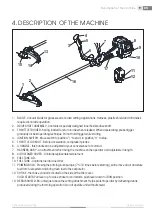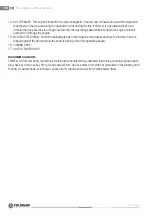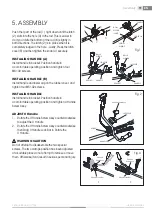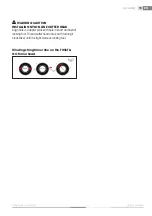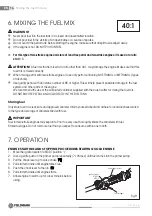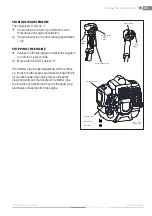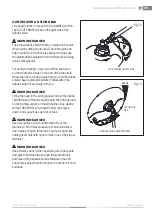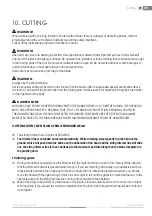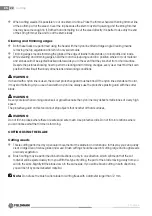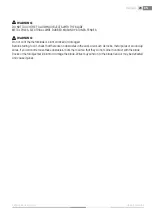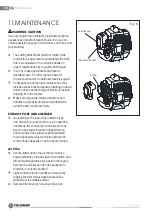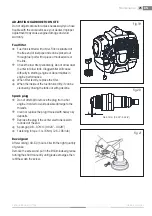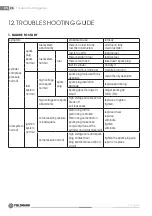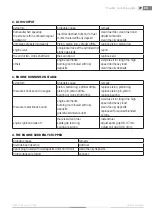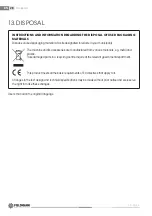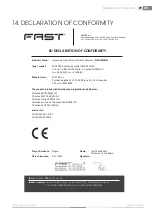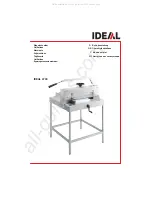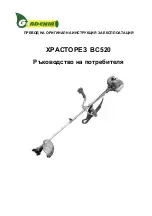
EN
22
FZS 5025-B
Cutting
When cutting weeds, it is possible to cut one stem at a time. Place the trimmer head with string trimmer line
at the bottom part of the weed - never the top because the stem may start quivering and the string trimmer
line may become caught in it. Rather than attempting to cut the weed directly, it is better to use only the end
of the string trimmer line and to cut the stem slowly.
Clearing and trimming edges
Both these tasks are performed using the head with the nylon line tilted at large angle. Clearing means
removing the top vegetation after which only soil remains.
Trimming edges means trimming the grass at the edge of lawns that extends on to footpaths and roads.
While clearing and trimming edges, hold the tool at a steep angle and in a position where dirt, cut material
and stones will not be ejected backwards towards you in the event that they ricochet from a hard surface.
Despite the pictures showing how to perform clearing and trimming of edges, every user must fi nd their own
position that will suit their body dimensions and working conditions.
WARNING
If a head with a nylon line is used, the correct protective guard must be fi tted. If the nylon line extends out too far,
it may start fl uttering. If you use a head with a nylon line, always use the protective plastic guard with the cutter
blade.
WARNING
Be very careful when working above soil or gravel because the nylon line may defl ect small stones at a very high
speed.
The protective guard on this tool cannot stop objects that ricochet off hard surfaces.
WARNING
Do not trim in places where there are wires and wire mesh. Use protective aids. Do not trim in locations where
you cannot see what the trimmer is trimming.
CUTTING USING THE BLADE
Cutting weeds
This is cutting performed by a pendular movement of the blade in an arch shape. In this way you can quickly
clear a large area of dense grass and weed. Brush cutting should be used for cutting large and tough weeds
or woody vegetation.
Brush cutting may be performed in both directions or only in one direction, which will mean that the cut
material will be ejected away from you. With this type of cutting, the part of the blade moving away from you
will do the work. Slightly tilt the blade down to the same side. If you will be brush cutting in both directions,
you will be hit by some defl ected material.
Note:
Do not use the brush cutter blade for cutting trees with a diameter larger than 12 mm.


